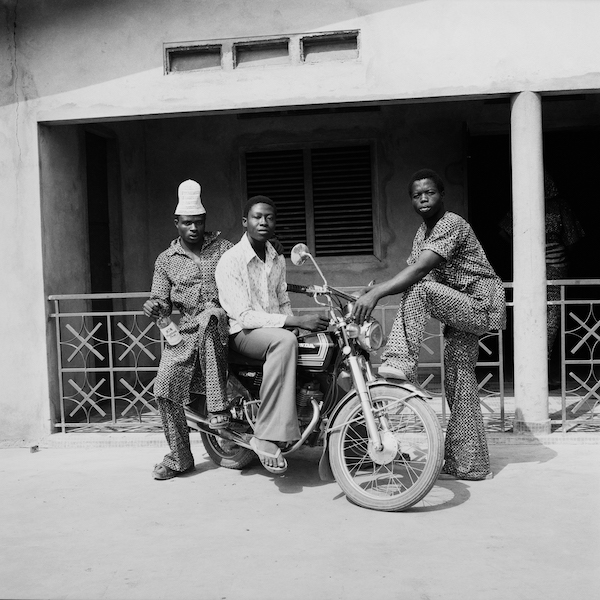
Albert sur sa Honda avec Deux Amis (Albert on his Honda with Two Friends), 1978
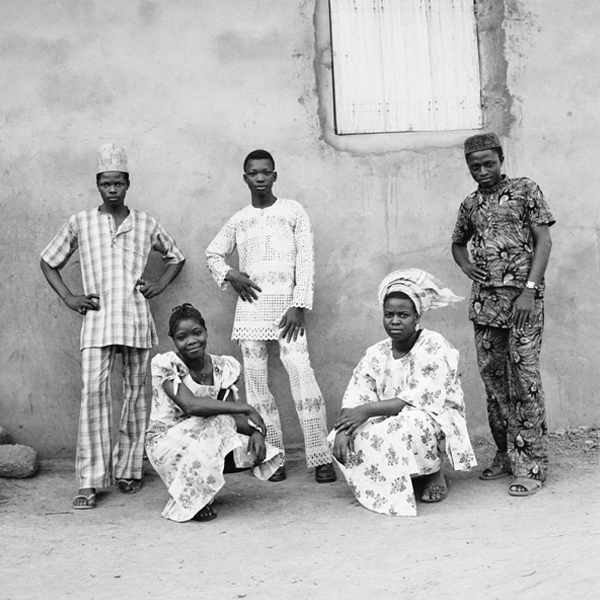
Cinq Amis (Five Friends), 1985
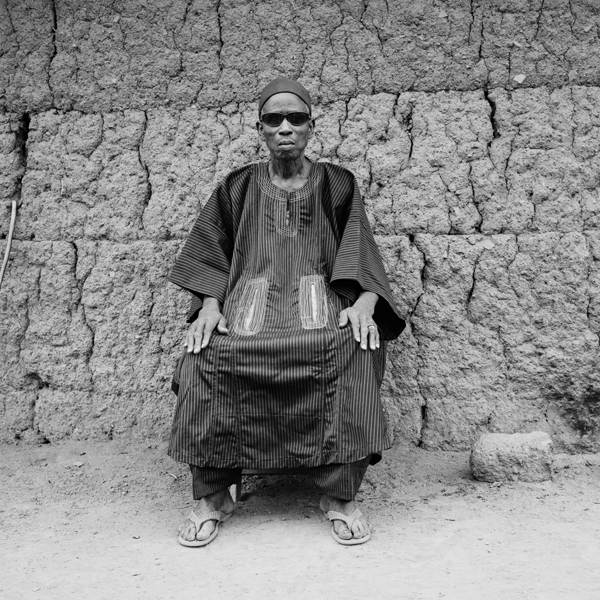
Homme Aveugle (Blind Man), 1985
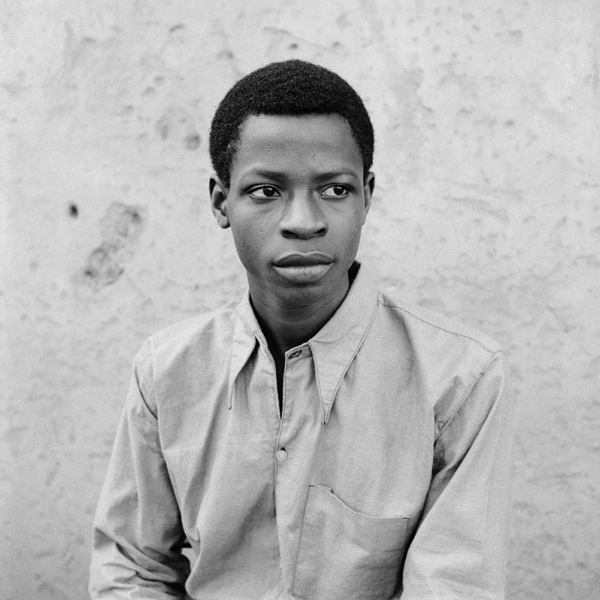
Infirmière de l'Hôpital (Hospital Nurse), 1984
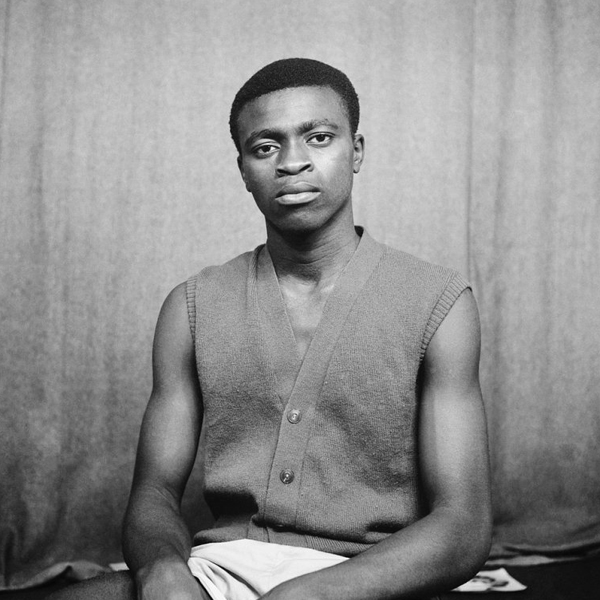
Collégien (College Student), 1984
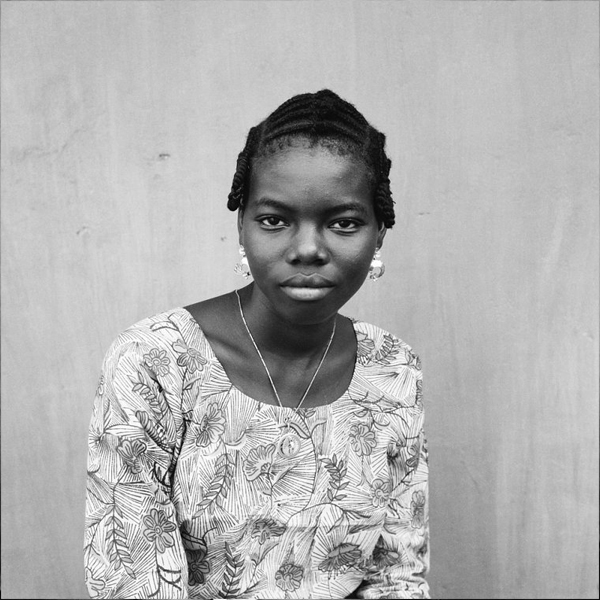
Jeune Épouse et Mère, (Young Wife and Mother), 1983
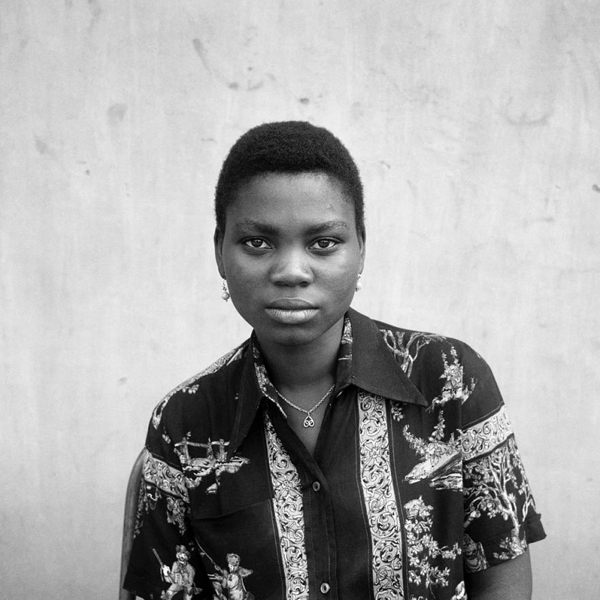
Jeune Femme du Village d'Adjosoumè (Young Woman from the Village of Adjosoumè), 1982
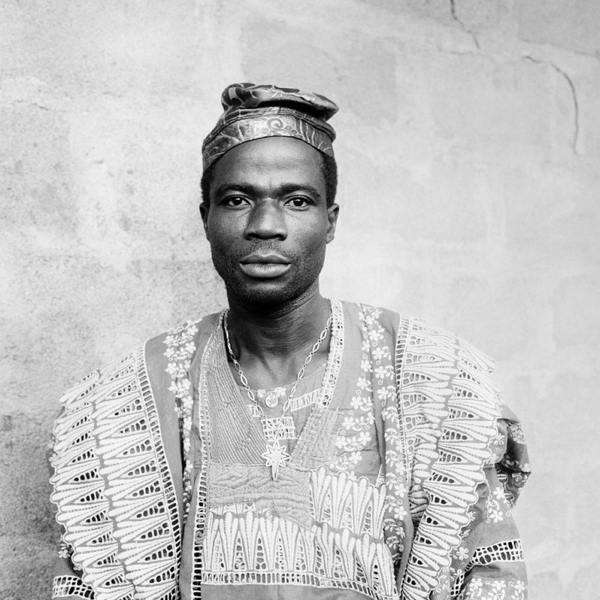
Roger, Charpentier (Roger, Carpenter), 1980
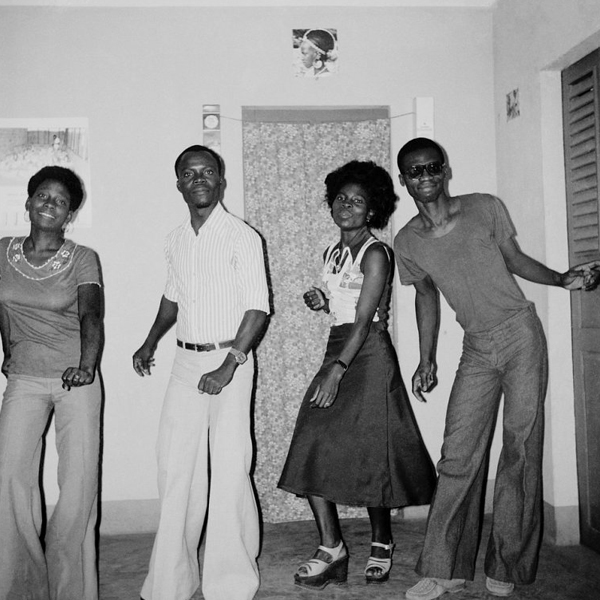
Fête à la Maison (House Party), 1979
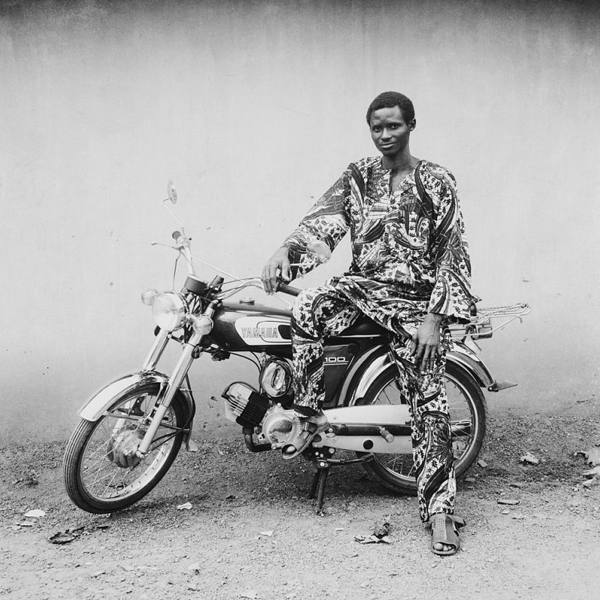
Jeune Homme avec la Nouvelle Yamaha (Young Man with New Yamaha), 1979
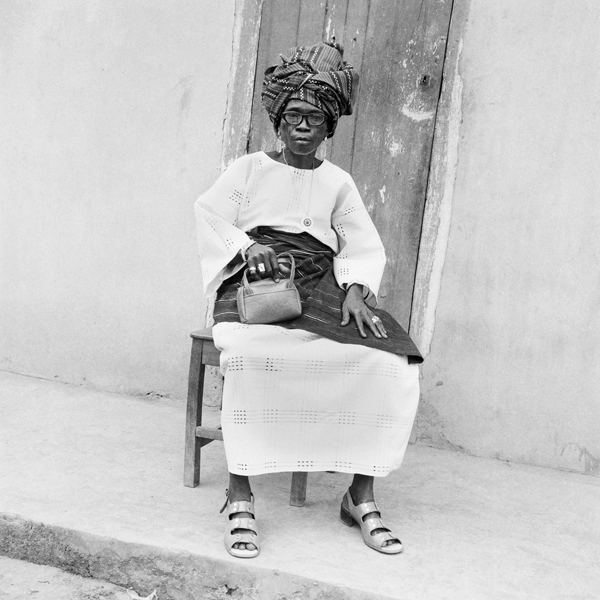
Grand-mère Kétou (Kétou Grandmother), 1974
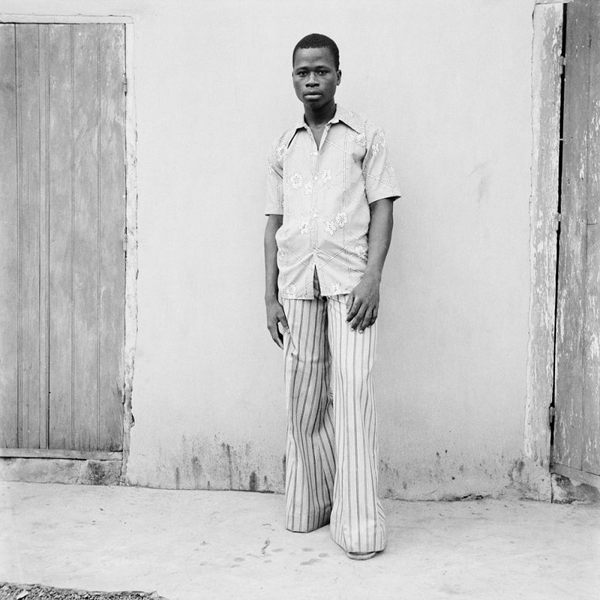
Étudiant, Fils de Christophe (Student, Son of Christophe), 1975
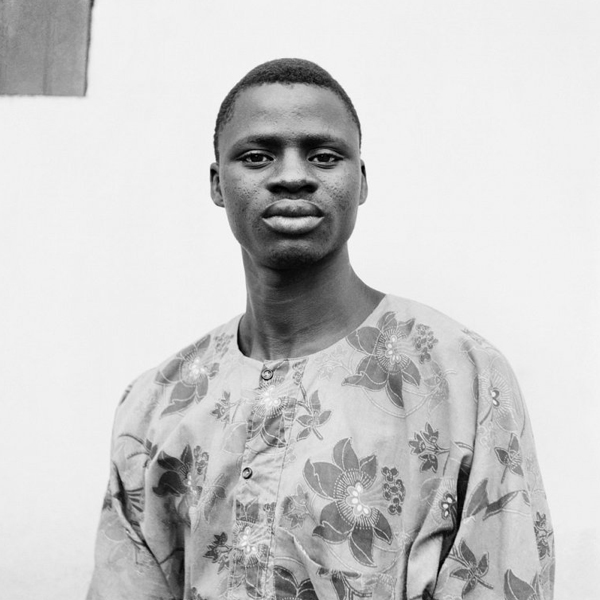
Adrien, Menuisier (Adrien, Joiner), 1975
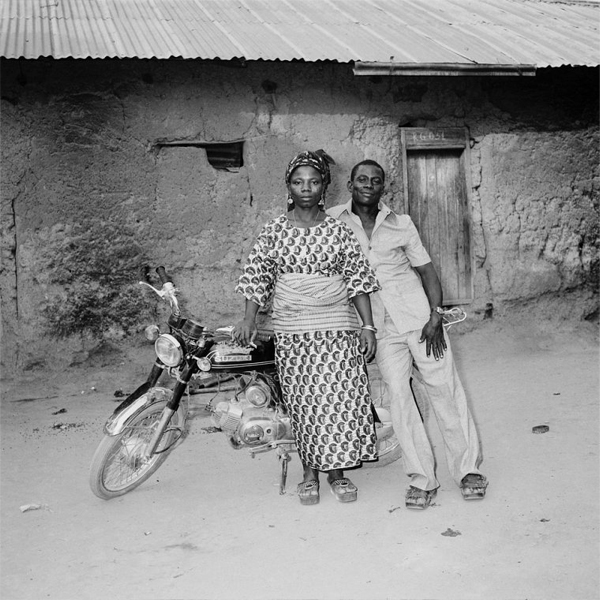
Deux Amis avec une Moto Suzuki (Two Friends with Suzuki Motorcycle), 1974

Deux Étudiants au Collège d'Ingénieurs (CEG), du Village d'Idigni, Kétou (Two Students at the College of Engineering (CEG), from the Village of Idigni, Kétou), 1974
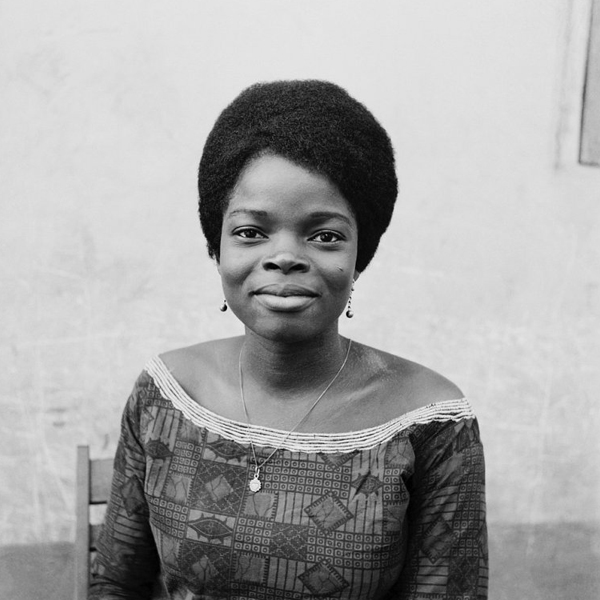
Susane Adoun, Administratrice de la Sous-Préfecture d'alors (Susane Adoun, Administrator of the then Sub-Prefecture), 1973.jpg
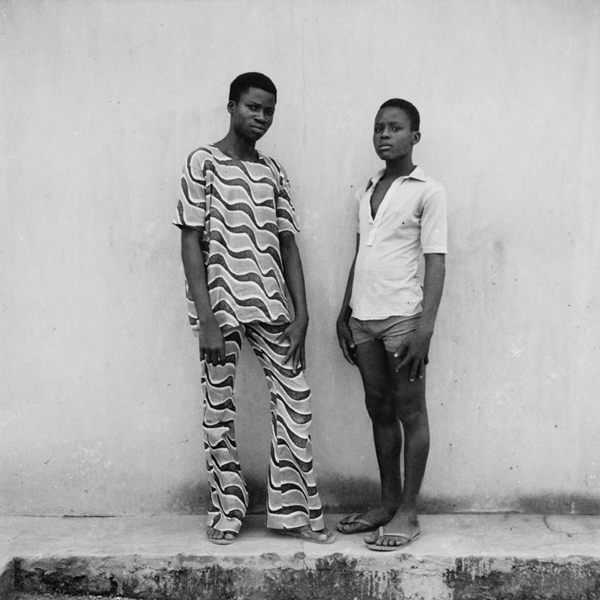
Yéyé Étudiant et Ami (Yéyé Student and Friend), 1973

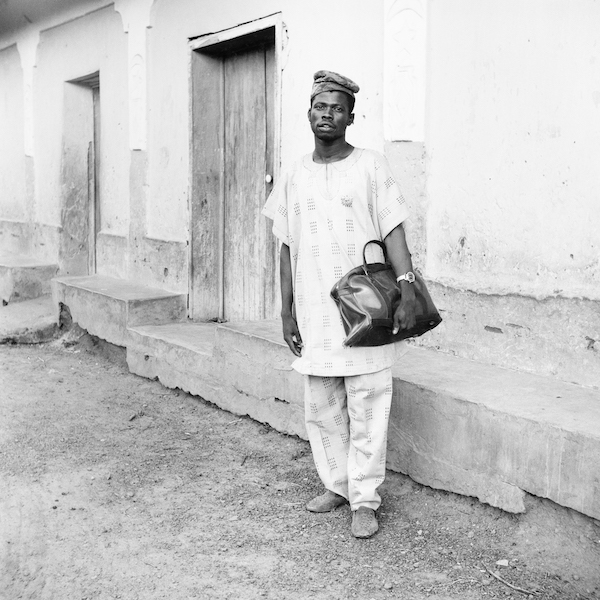
Soumaïla, Vendeur (Soumaïla, Salesman), 1986
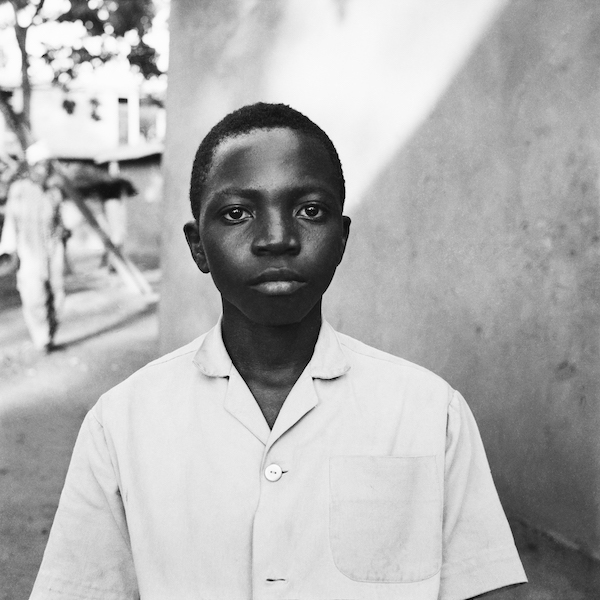
Jeune Étudiant à Kétou Côté Rue (Young Student in Kétou Side Street), 1968
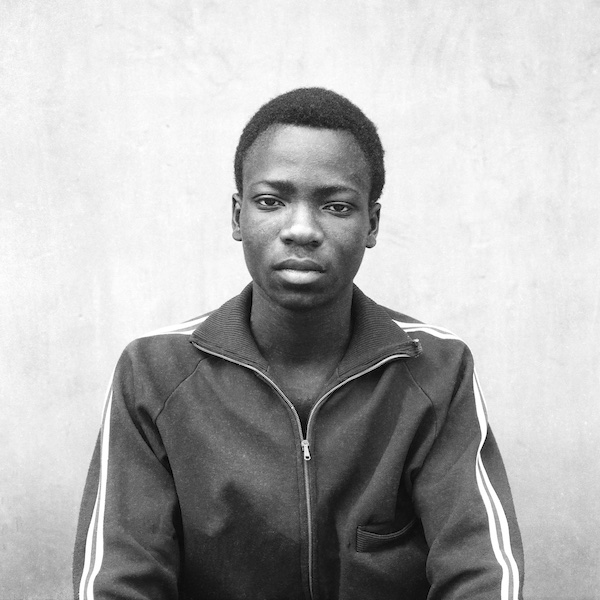
Membre de l'Équipe d'Athlétisme du Collège (College Athletics Team Member), 1978

Épouse Nouvellement Mariée (Newly-wed Wife), 1968

Viviane, 1971
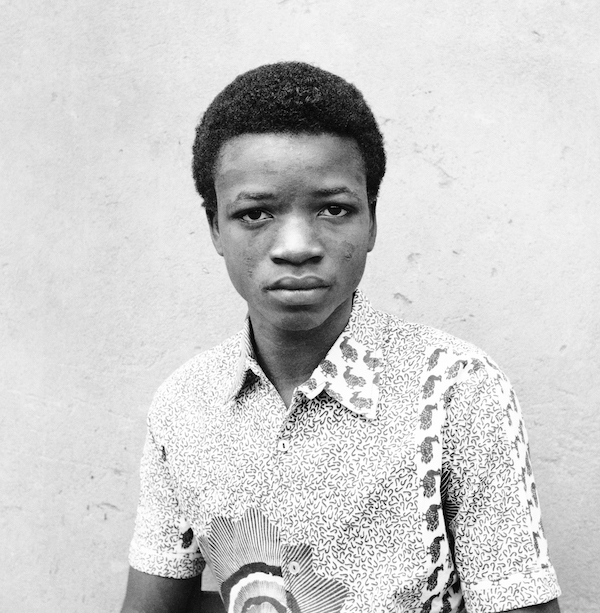
Étudiant Adolescent (Teenage Student), 1980

Camille Elegbede, Teacher (Camille Elegbede, Professeure), 1969

Nonne avec l'Église Céleste du Christ (Nun with the Celestial Church of Christ), 1970
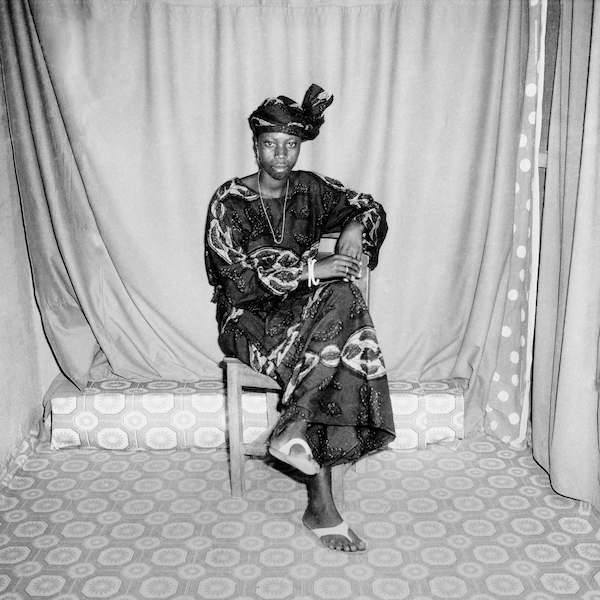
Portrait d'Une Jeune Femme au Studio Plaisir (Portrait of a Young Lady at Studio Plaisir), 1982
Rachidi Bissiriou – Gloire Immortelle (May 2022)
In 1968, the West African photographer Rachidi Bissiriou set up his photographic studio, Studio Plaisir, in his hometown of Kétou in Benin, which he operated until its closure in 2004. The timing of this was pertinent – Bissiriou was only 18 and Benin had only declared its independence from French rule eight years earlier, in 1960. Armed with a Yashica twin-lens camera, Bissiriou documented these heady times, spending the next three decades shooting black and white photographs of the locals in a standard 6x6cm format.
Bissiriou’s images are remarkable for their simplicity and a freshness that feels utterly contemporary. Shot against plain backdrops, or in the town where they lived, Bissiriou’s subjects posed wearing their own clothing, which could range from traditional West African attire such as grand boubou, head wraps and Ankara agbadas, to more modern styles that nodded to the explosion in youth culture at the time. The image of two men – each wearing shirts unbuttoned to their sternum, paired with flared trousers – or a group of three women in sunglasses posing proudly with their handbags clearly demonstrate the post-independence verve. Bissiriou’s skill was in forging a connection with his subjects, being able to put them at ease, and allowing their innate sense of self-expression to shine through. His camera often captured his subjects in a moment of quiet repose, by turns self-possessed, contemplative, and optimistic.
For Bissiriou, the desire to become a photographer was in his own words, 'because someone who is a photographer has the freedom to go anywhere and everywhere.' While the primary focus of his nearly three decades of photography were the residents and families of his hometown, the images are no less transportive, instantly painting a vivid picture of West African society during a ground-breaking moment of transformation.
Please mail info@davidhillgallery.net with any Rachidi Bissiriou exhibition print enquiries.
'An extraordinary series of portraits' The Guardian